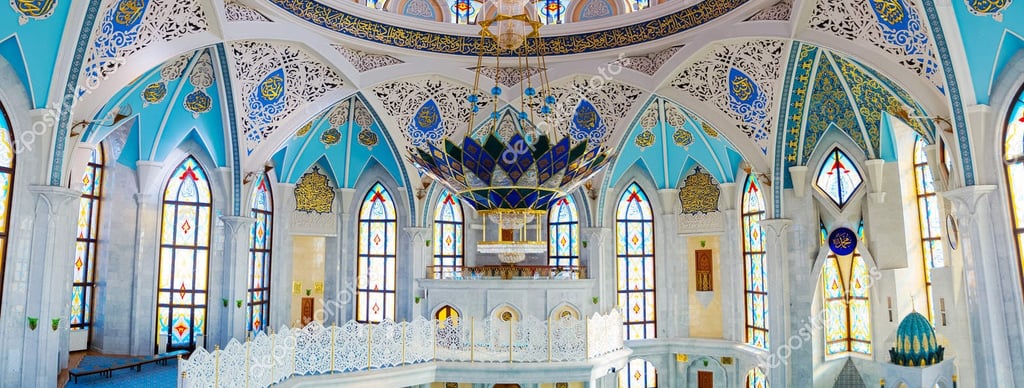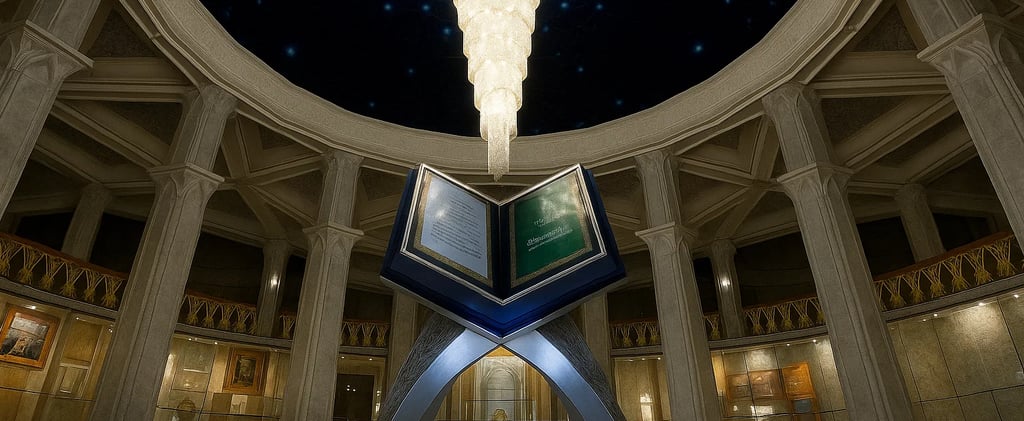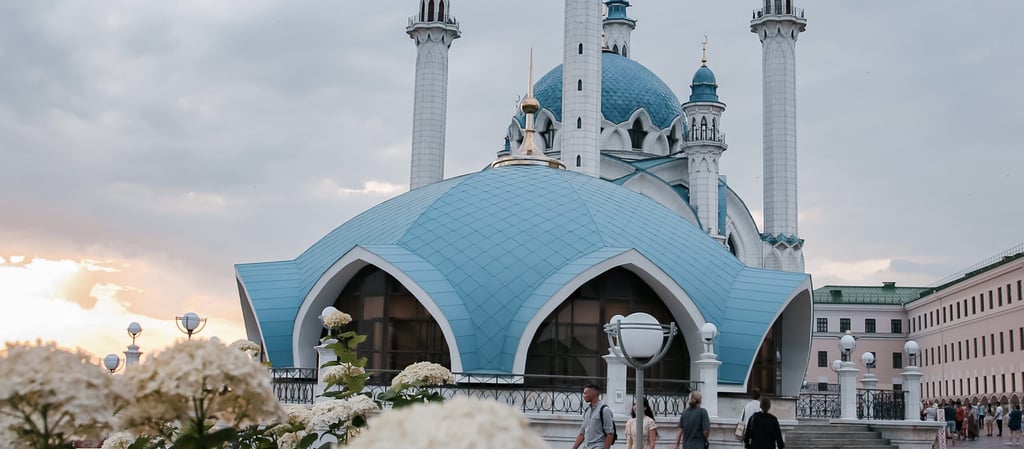Museum of Islamic Culture: Light of Faith, Beauty of Tradition
Beneath the pale blue domes of Kazan’s Kul Sharif Mosque, in the heart of the ancient Kazan Kremlin, lies a place where the threads of faith, history, and art are woven into one tapestry.


A Journey Across Civilizations
Opened in 2006, the Museum of Islamic Culture is part of the vast cultural complex surrounding the restored Kul Sharif Mosque — one of the most significant Islamic centers in Russia.
The museum’s mission is both local and universal:
To explore the history of Islam in the Volga region, where it has flourished for over a thousand years.
To celebrate the diverse artistic and intellectual achievements of the Islamic world.
To foster intercultural dialogue and promote understanding in a multi-faith society.
In this, the museum becomes more than a collection of objects — it is a space of encounter and reflection, a bridge between cultures.
The Setting: The Kul Sharif Mosque
The museum is housed within the lower levels of the Kul Sharif Mosque, whose soaring minarets and gleaming white walls dominate the skyline of Kazan.
Named for Imam Kul Sharif, a poet and scholar who perished defending Kazan against Ivan the Terrible’s forces in 1552, the mosque stands as a symbol of Tatar cultural resilience.
Its architecture blends classical Islamic forms with Tatar motifs and contemporary design — a physical embodiment of continuity and renewal.
Beneath its marble floors and beneath the prayers of the faithful, the museum welcomes visitors of all backgrounds to explore the deep roots and radiant branches of Islamic civilization.
The Story of Islam in the Volga Region
The museum’s narrative begins close to home — with the story of Islam in the Volga-Ural region.
Here, Islam arrived not by conquest, but by trade, dialogue, and conversion. In 922, the ruler of Volga Bulgaria embraced Islam, bringing the faith peacefully to the region.
Through centuries of Mongol rule, Kazan Khanate sovereignty, and Russian imperial incorporation, Islam remained a vital force in the life of the Tatar people.
The museum presents this story through:
Ancient Qur’an manuscripts from the Volga region.
Ceramic tiles and architectural fragments from medieval mosques.
Islamic coins and seals reflecting the region’s trade networks.
Photographs and artifacts from Tatar religious schools (madrasas) and communities.
Here, visitors encounter the rich spiritual and cultural life that persisted even through periods of state suppression and secularization.
The Art of the Book
At the heart of Islamic art lies the written word — the flowing beauty of Arabic calligraphy, the reverence for the Qur’an as both text and visual art.
The museum honors this tradition with a stunning display of illuminated manuscripts, calligraphic panels, and printed Qur’ans from across the Islamic world.
Among the highlights:
A facsimile of the Uthman Qur’an, one of the earliest copies of the Holy Book.
Exquisite Ottoman, Persian, and Indian Qur’an manuscripts, their pages adorned with gold, lapis, and intricate arabesques.
Contemporary calligraphic works by Tatar and Russian Muslim artists, continuing this living tradition.
Here, the visitor experiences the aesthetic and spiritual power of the script that has shaped Islamic art for centuries.
Geometry and Ornament
Beyond the written word, the museum celebrates the visual language of Islamic art — a language of geometry, repetition, and abstraction that seeks to evoke the infinite.
Exhibits explore:
The evolution of geometric patterns in mosque architecture and tilework.
The symbolism of arabesques, floral motifs that suggest paradise and divine harmony.
The mathematical principles behind Islamic design — revealing a deep dialogue between art and science.
Interactive displays allow visitors to explore the construction of these patterns — to glimpse the order and beauty that underlies the surface of Islamic art.
Ceramics, Textiles, and Daily Life
Islamic culture is not confined to mosques and manuscripts — it flourishes in the everyday objects that bring beauty and meaning to daily life.
The museum’s collections include:
Iznik and Kashan ceramics — glowing with turquoise, cobalt, and gold.
Silk textiles and embroidered garments from Tatar, Persian, and Central Asian traditions.
Brass and silverware engraved with Qur’anic verses and poetic inscriptions.
Prayer rugs from across the Islamic world, each woven with care and devotion.
These objects testify to a culture where utility and art are inseparable — where faith is woven into the fabric of life.
Practical Information
Location
Museum of Islamic Culture
Kul Sharif Mosque, Kazan Kremlin
Kazan, Republic of Tatarstan, Russia
Opening Hours
Daily: 9:00 – 18:00
Opening hours may vary on religious holidays.
Visitors are asked to respect mosque etiquette during times of prayer.
Tickets
Admission to the museum is included with a visit to the Kul Sharif Mosque.
Tickets are available on-site at the Kazan Kremlin entrance.
Discounts available for students, seniors, and families.
Public Transport
Metro: Kremlyovskaya Station, a short walk from the Kremlin.
Bus and tram lines also serve the Kremlin area.
Accessibility
The museum is wheelchair accessible.
Guided tours available in Russian, English, Tatar, and other languages.
Audio guides and printed materials provided for self-guided visits.
Visitor Services
Guided tours for individuals and groups.
Educational programs and workshops.
Lecture series on Islamic art and culture.
Museum shop offering books, calligraphy, and artisan crafts.
Access to the main prayer hall of the Kul Sharif Mosque outside of prayer times.
For current exhibitions, special events, and visitor information:
http://www.kul-sharif.com


Architecture and Sacred Space
The Museum of Islamic Culture does more than exhibit artifacts; it places them within the living context of Islamic sacred space.
The very architecture of the Kul Sharif Mosque, within which the museum resides, becomes a vital part of the experience:
The elegant domes and arches evoke classical Islamic forms while incorporating Tatar motifs.
The soaring mihrab (prayer niche) and richly patterned carpets remind visitors that this is still a place of active worship.
Glass panels and modern lighting create an atmosphere of openness and dialogue, inviting reflection across boundaries of faith and culture.
This blending of museum and mosque allows visitors to experience Islamic art not merely as a historical artifact, but as a living tradition, rooted in both devotion and beauty.
Intercultural Dialogue
One of the museum’s central missions is to foster dialogue and understanding among Russia’s diverse religious and ethnic communities.
In this spirit, the museum hosts:
Lectures and panel discussions on Islamic theology, history, and art.
Joint exhibitions with Christian and Jewish cultural institutions, exploring shared themes and mutual influences.
School programs designed to introduce young people of all backgrounds to the richness of Islamic culture.
Collaborative events with Kazan’s other museums and universities, promoting a broader culture of tolerance and learning.
In a time of increasing cultural polarization, the Museum of Islamic Culture stands as a beacon of mutual respect and shared humanity.
A Window on the Wider Islamic World
While its core focus is the Volga-Ural Islamic tradition, the museum also offers a panoramic view of the global Islamic world.
Its collections and exhibitions embrace the vast diversity of Islamic cultures:
Ottoman Turkey — with its refined ceramics and courtly calligraphy.
Safavid and Qajar Persia — celebrated for miniature painting and lyrical poetry.
Mughal India — whose architectural marvels and jeweled Qur’ans fused Hindu and Islamic aesthetics.
Arab lands — the heart of the Islamic revelation, whose art shaped the aesthetic ideals of the entire ummah.
Central Asia — a crossroads of caravan culture, where Islamic, Persianate, and steppe traditions blended.
Through these displays, visitors encounter the pluralism and dynamism of Islamic civilization — a tradition both unified and infinitely diverse.
The Museum Experience
To walk through the Museum of Islamic Culture is to embark on a journey of the mind and spirit.
It is a space of quiet contemplation and sensory richness:
The shimmering of gold leaf in ancient Qur’ans.
The rhythm of geometric tiling across centuries of architecture.
The supple weave of a Tatar prayer shawl worn in silent devotion.
The echo of calligraphic lines that curve and dance across time and space.
Whether one enters as a believer, a scholar, a traveler, or a seeker of beauty, the museum offers a profound encounter with the spiritual and artistic heart of Islam.




